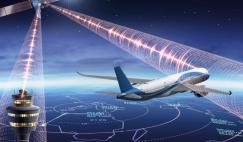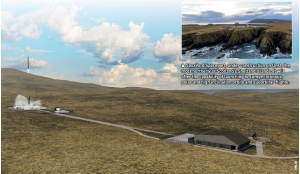As of late 2018 the United Nations Office for Outer Space Affairs (UNOOSA) reported that there were 4,857 satellites in orbit, representing an increase of 4.79 percent compared to 2017. The fact is that space is already crowded - and it’s getting worse. With multiple low Earth orbit (LEO) satellite constellation launches planned in the coming months and years, the number of satellites in orbit could grow at a staggering pace.
If left unchecked, the risk of collisions in space looks to increase exponentially. Ensuring safety of flight is more important than ever and it is still achievable if all operators follow some basic guidelines. So, why and how can the satellite industry ensure safety of flight, and is cooperation the key?
A worsening situation
Although it’s easy to think of space as an infinite resource (we have Buzz Lightyear to thank for that), this is very much not the case. There is only so much ‘space’ to go around, in both senses of the word, which is another way of saying that too many satellites can cause congestion. Much like a busy motorway during rush-hour, more satellites mean a higher chance of collisions - but, unlike cars, satellites can’t slow down or swerve.
Even one collision can result in thousands of pieces of harmful debris, with the threat of serious follow-on collisions from post-fragmentation debris. In fact, a big enough collision could create a debris field that has the potential to render a large part of an orbit unusable. That’s simply not something we can allow to happen, given our reliance on space and satellite technology for communications and other everyday applications.














